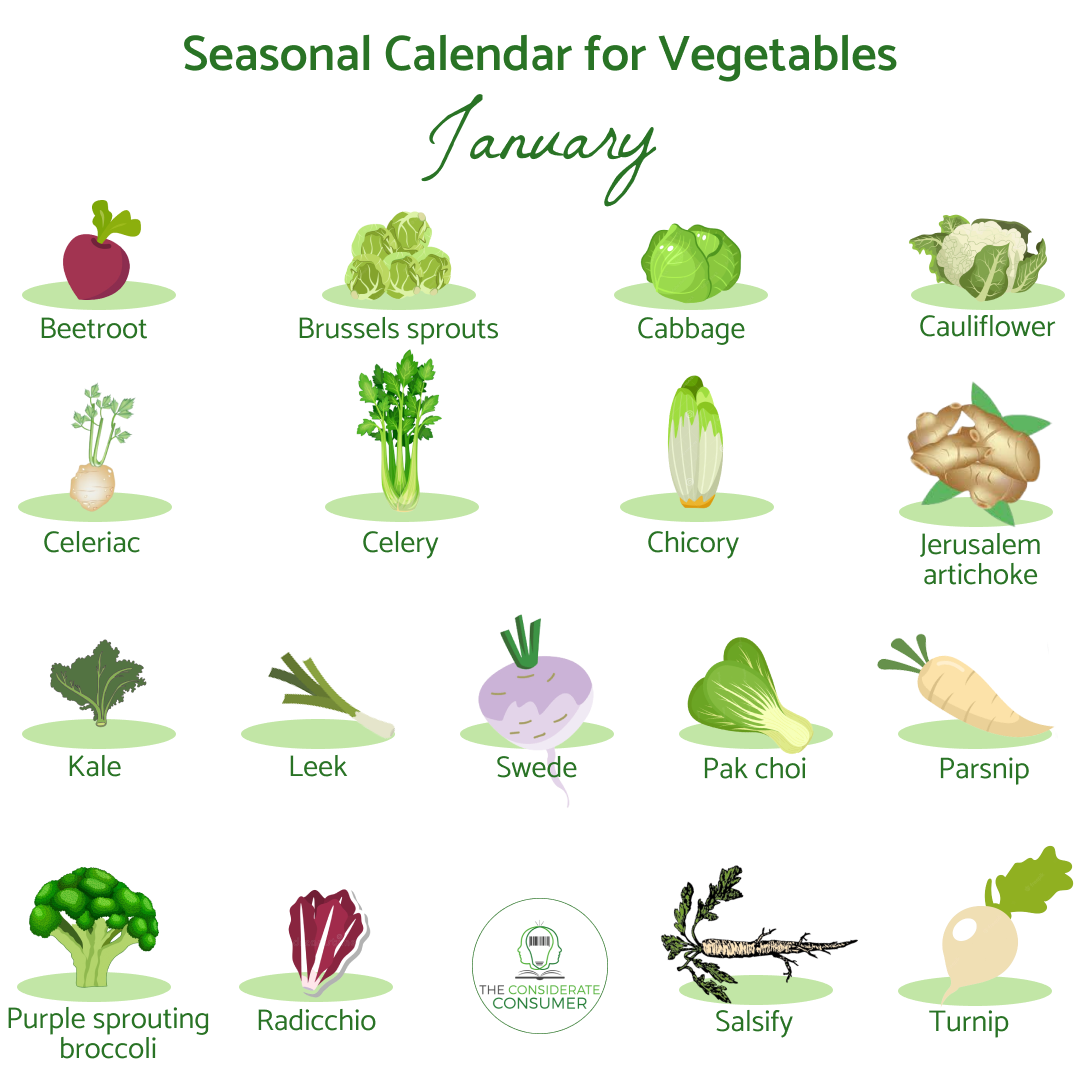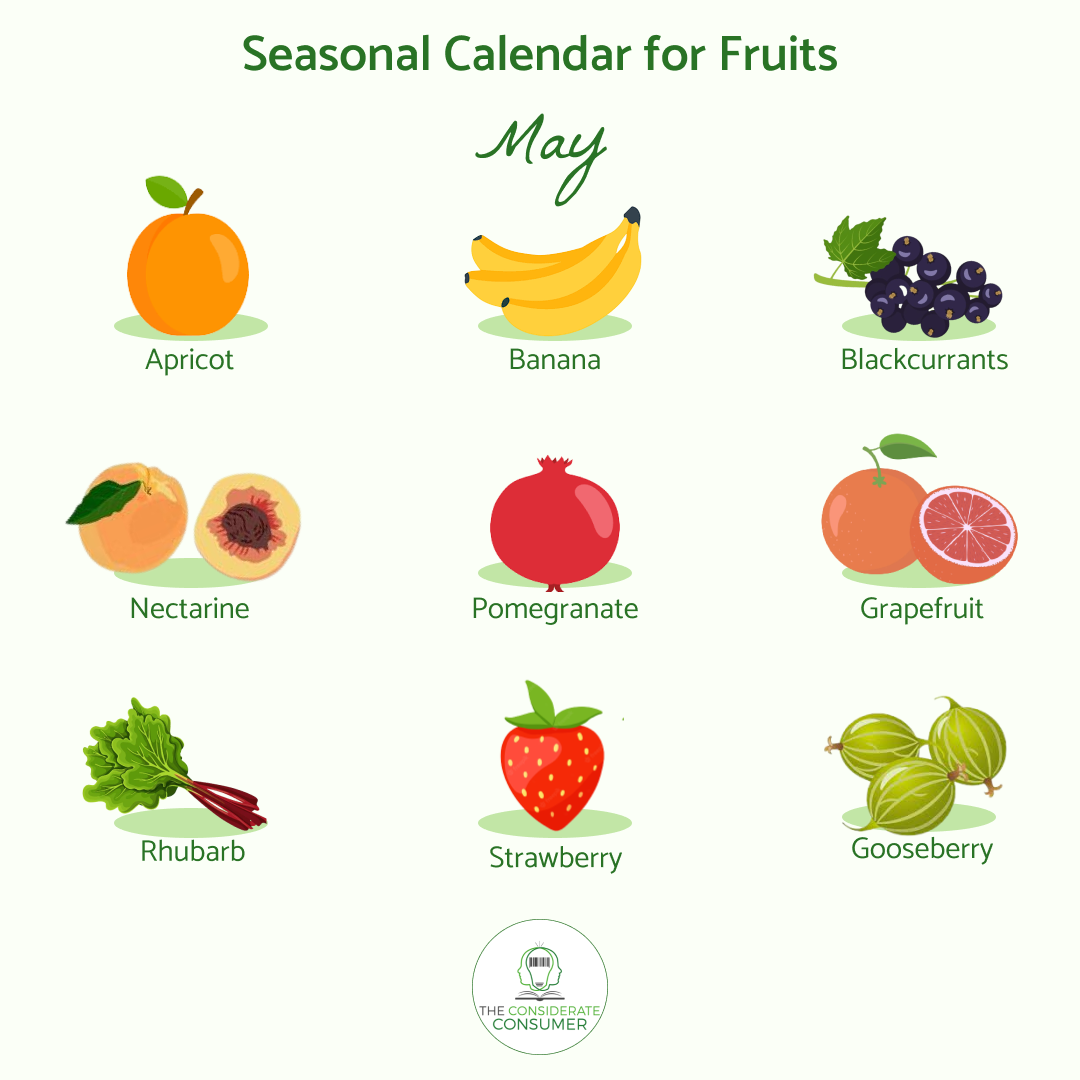December 2019
We all love our favourite sweet fruits and aromatic vegetables. They’re bite-sized pieces of pure goodness, great when spread on bread, crushed into a smoothie, blended into a tasty sauce or warming soup, or even just as a simple, colourful salad.
Here is how to ensure your greens are always sustainable.
SEASONAL PRODUCE
In-season fruit or vegetables have grown through the plant’s natural conditions and cycle.
Opt for in-season fruit and vegetables grown in your home country or region.
Consult a seasonal calendar for your country or region. Seasonal calendars, such as the Eat Sustainably Calendar, can tell you when which produce is in season.
Eating foods that are out of season has environmental implications:
It depends on imports, where produce must travel over huge routes via high emission-generating transportation.
Parts of the world that already suffer from a lack of water must use it for growing.
Despite such a long journey, it is still tasteless and lacks vital vitamins.
Seasonal and local food can be found at:
Local farmers markets
Organic food shops
Conventional food shops
Packaging-free shops
Online food shopping
Vertical farms
























LOCAL PRODUCE
Local produce is those fruit and vegetable which have been produced in your own country or region.
Example of Identification & Health Mark
Determining what is regional can be hard, though, as there is no set definition of the term.
However, some products might feature certified regional logos, which consider distance and amount of regional ingredients as criteria.
EU regulation requires fresh fruit and vegetables to be labelled with their country of origin.
The EU Identification & Health Mark displays where the product was processed and packaged. The code can be checked with the code search tool.
Buying locally entails benefits such as supporting your local economy, eliminating long transportation distances to protect the environment, and eating healthy, nutritious and tasty food.
You will also have a broad variety of seasonal produce to choose from.
Misshapen Produce
"While many might think that bruised or wrinkled produce is ‘ugly’, it is not.
Ugly (or ‘misshapen‘) produce is perfectly fresh, nutritious and delicious produce that looks a little different than the ‘perfect’ stuff you will find in most grocery stores or supermarkets." (End Food Waste)
‘Misshapen’ fruit and vegetables are often thrown away because supermarkets only want ‘perfect’-looking produce, despite it being just as good.
This contributes to the large issue of food waste, where about a third of the world’s food is thrown away yearly.
Farmers encounter financial pressures, having to throw away their misshapen produce themselves.
HOW TO ‘SAVE’ MISSHAPEN PRODUCE?
Some ways we can counter this as consumers are:
At a market or food shop, let farmers/produce managers know that you would happily buy misshapen food.
What the industry and authorities can do:
Drive change in our aesthetical expectations and stop allowing dumping food to be more cost-effective.
Donate it to food banks or use it for prepared meals in shops.
Sell misshapen produce at a discount, as some shops have started doing.
Some NGOs are taking the initiative to save misshapen fruit and vegetables, such as Etepetete (Germany), which gathers and sends it to subscribers in boxes.
LEarn more
Check our sources: Bibliography →










